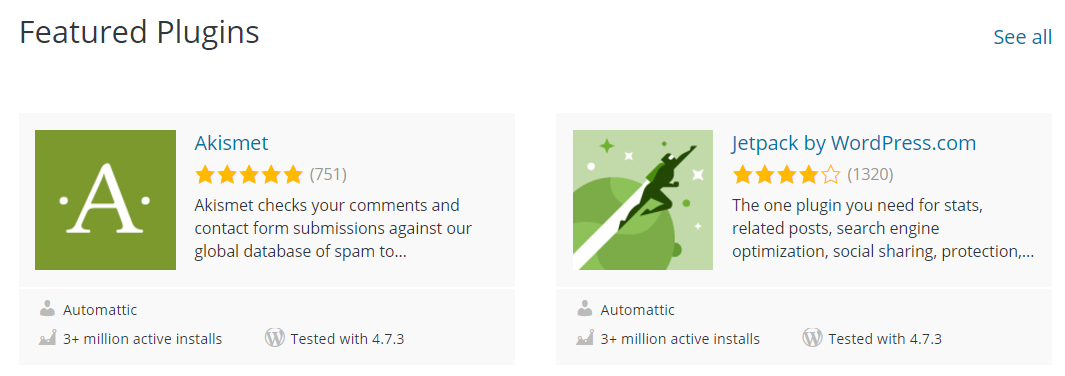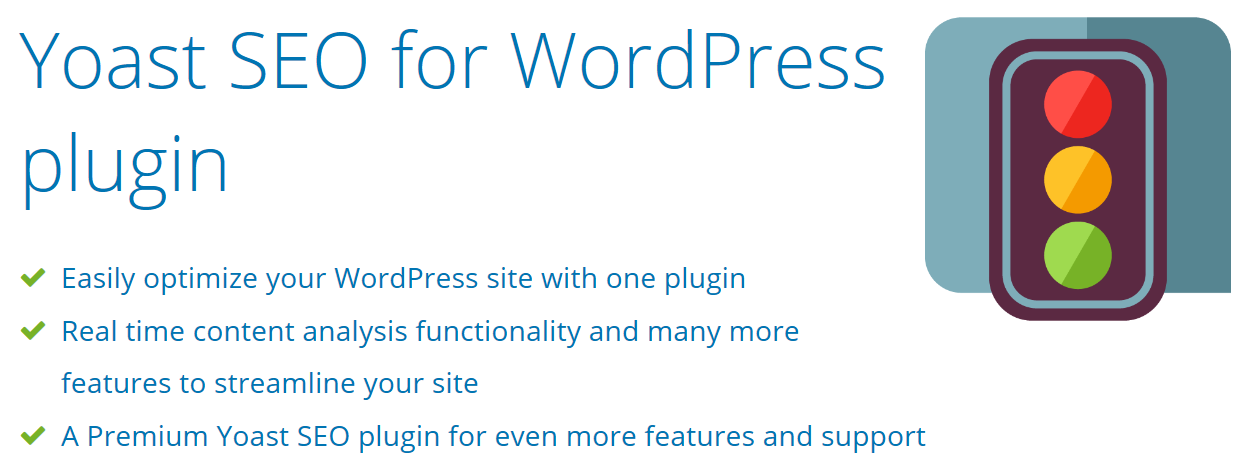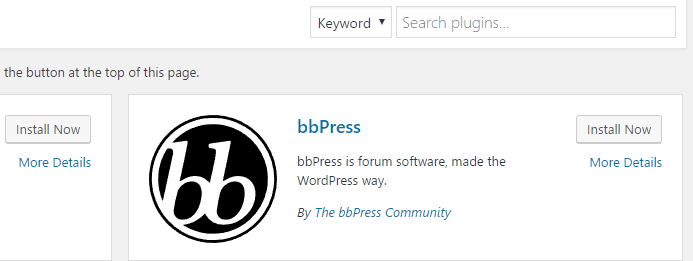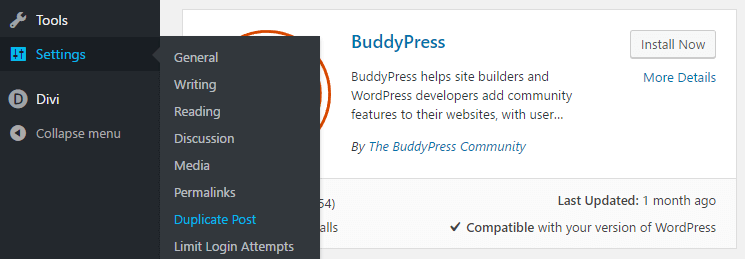- May 26, 2017
 0
0- by A2 Marketing Team
One of the best things about WordPress is its extensive plugin collection. With the right plugins, there are almost no limits to what you can do. However, if you’re new to the platform, you may not really know what these tools are and what they can help you achieve. That’s something we need to take care of right away.
WordPress plugins are powerful tools that enable you to implement a broad range of features on your sites. In most cases, they’re easy to use, and they come with helpful documentation to guide you along the way. Best of all, they’re usually really simple to set up.
In fact, we’re going to teach you how to do just that in this article; but first, let’s take a minute to look at what plugins are and what they can do.
An Introduction to WordPress Plugins (And Their Benefits)
WordPress plugins are basically extensions for the platform. They’re modular tools that enable you to add and remove extra features at will, and they come in all shapes and sizes.
For example, there are plugins that enable you to add customizable contact forms to your site and others that protect it from spam comments. There are currently almost 50,000 free plugins available on the WordPress.org repository, and that doesn’t even start to account for the many premium options available.
If you’re new to WordPress and you’re still on the fence about using plugins, here are a few reasons that should change your mind:
- They’re easy to set up. The process of installing and activating a WordPress plugin is very simple. In fact, we’ll teach you how to do it in a few minutes, so keep on reading!
- You can add almost any feature you want. With so many plugins available, it stands to reason there are options for most major features. Chances are you’ll find multiple options to implement any functionality you want.
- They can help you improve your Search Engine Optimization (SEO). Following good SEO practices is critical for any budding WordPress site, and there are plenty of plugins that can help you with that.
To illustrate our points, let’s check out two popular WordPress plugins. First, we’ve got Duplicate Post, which couldn’t be more straightforward. What this plugin does is enable you to create copies of any of your posts for testing purposes with a single click. It’s pretty specific, but it can come in handy sometimes.
On the other end of the spectrum, we have more complicated plugins such as Yoast SEO, which enables you to optimize your site for search engines. This particular plugin provides you with an easy-to-use checklist to make sure every piece of content is optimized for your chosen keyword. It even helps you improve the readability of your text. While it’s intuitive, due to its complexity, it might take a while to learn how to make the most of all this plugin’s features.
As we mentioned earlier, there are plenty of free plugins available (mostly on WordPress.org). However, there are also tons of premium options available, and various places to find them. If you do want to take a look at some paid options, CodeCanyon is a great place to start.
How to Install a WordPress Plugin
Before we proceed, we’d recommend that you have a plugin in mind so you can follow our instructions. If you’re not sure which plugin to try first, you can check out this guide on how to pick the right ones.
When you’re ready, go to your WordPress dashboard and click on the tab that reads Plugins:
If you already have any plugins set up, they’ll be displayed here. To add a new one, click on the button that says Add New at the top of the screen. On the next page, you’ll see a selection of plugins from WordPress.org. In most cases, you’ll want to ignore it and head to the search bar in the upper right corner:
Enter the name of the plugin you want to install and wait for it to appear. For this example, we’ll set up the Duplicate Post plugin we mentioned earlier, but the process is the same for any of them – just click on Install Now to proceed:
Now, wait for WordPress to download and install the plugin in the background. When it’s ready, the Install Now button will be replaced by a blue one that reads Activate – click on it now:
If you skip the activation step, the plugin will still appear on your Plugins tab, but it won’t work. Think about it as having it on standby, in case you’re not ready to implement its features yet.
In some cases, for example if you purchase a premium plugin, you’ll have to install plugins from outside the WordPress repository. These will be downloaded as zip files. To set up one of these plugins, you’ll need to upload it first by heading to Plugins > Add New > Upload on your dashboard. Then, an option will appear for you to upload the plugin to your WordPress website:
Select Choose File and locate the zip file you want to upload. After the plugin is done loading, you can activate it by going into the Plugins tab on your dashboard.
Before wrapping up, you should also know that most plugins will require you to configure them to work properly. In most cases, they’ll appear as new tabs on your dashboard, as Duplicate Post does:
If your plugin doesn’t add a tab of its own, chances are you can access its settings from the Plugins tab, so take a look there before panicking. However, some extremely basic plugins simply won’t have any settings for you to edit.
The type of settings you’ll need to configure will depend on the plugins you choose. Some will be simple, while others may require you to check the tool’s documentation to get the most out of it. In any case, we recommend that you check out whether the plugins you choose have easy-to-follow documentation available before installing them.
Conclusion
With so many WordPress plugins available there are virtually endless possibilities for customizing your site. The key is to get comfortable with choosing, installing, and setting up plugins that offer the features you need. While this might sound overwhelming at first, installing and activating WordPress plugins is very simple and in most cases, so is configuring them.
In this post we’ve offered you an introduction to plugins, what they can offer you, and where you can find them. We’ve also shown you exactly how to set them up on your WordPress website. All that’s left is for you to choose the right plugins for your site and get installing!
Image credit: Pixabay.



















